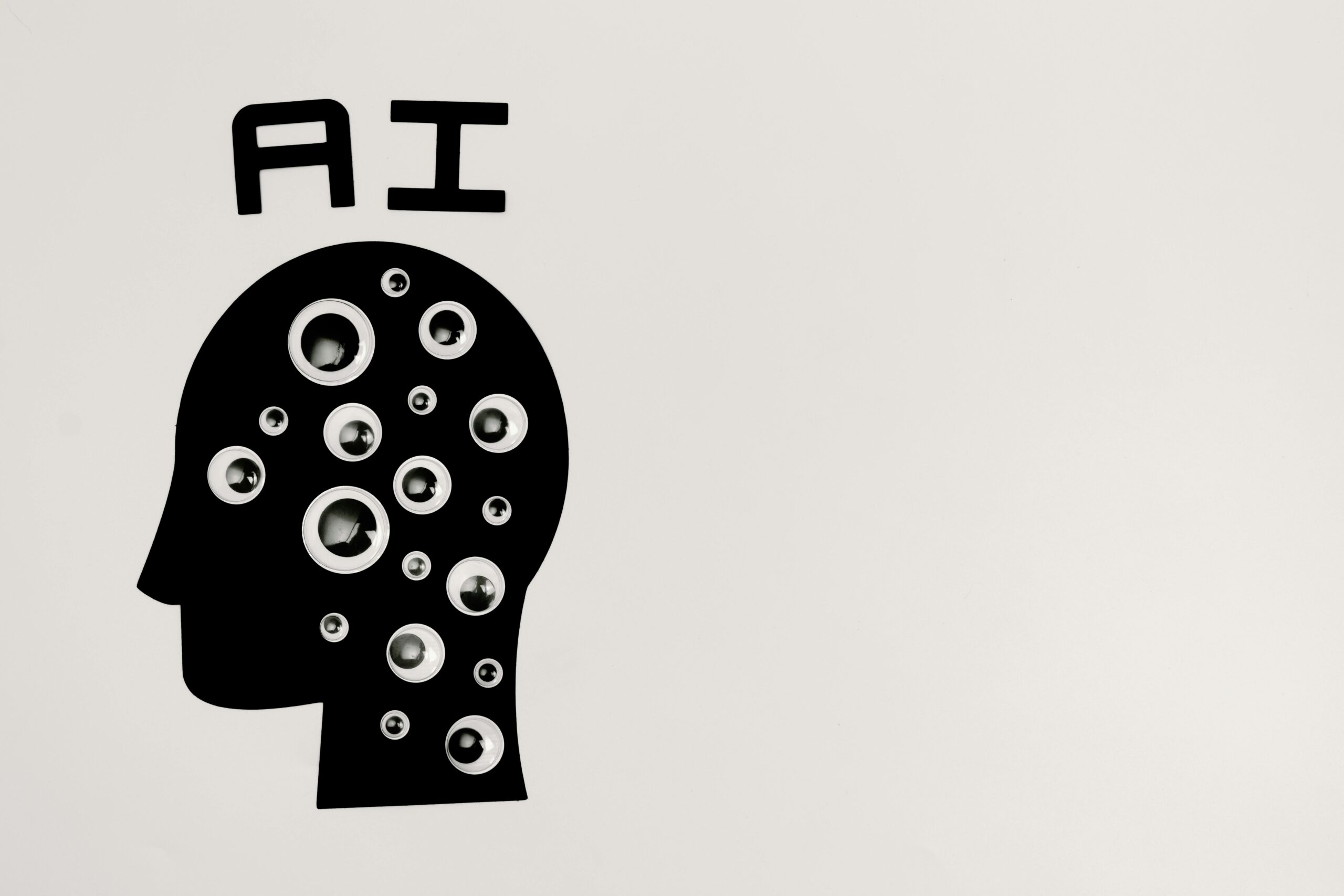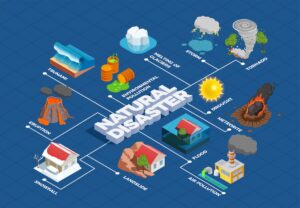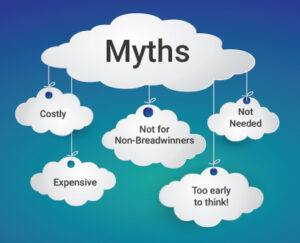Artificial Intelligence (AI) is increasingly being recognized not just for its ability to solve complex problems or automate tasks, but also for its creative potential. In recent years, generative AI has made significant strides in producing art, music, and literature, blurring the lines between human creativity and machine-generated content. These AI systems are not just mimicking human creativity; they are actively contributing to new forms of expression and expanding the boundaries of artistic innovation. This article explores the fascinating world of generative AI, its impact on art, music, and literature, and the implications for the future of creativity.
Generative AI refers to algorithms and machine learning models that are designed to create new content based on learned patterns and data. Unlike traditional AI, which is often used to analyze and interpret data, generative AI is focused on producing original outputs that can resemble human-made works. This is achieved through techniques like deep learning, neural networks, and reinforcement learning.
The most common generative AI models are based on neural networks such as Generative Adversarial Networks (GANs), transformers, and variational autoencoders (VAEs). These models are trained on large datasets and learn to generate new data points—whether images, sounds, or text—that share similarities with the training data but are entirely new creations.
Generative AI has the potential to revolutionize the creative industries by offering new tools for artists, musicians, and writers to explore and express their ideas. But it also raises important questions about authorship, originality, and the role of human creativity in the age of machines.
Generative AI has gained significant attention in the world of art, with AI-created artworks selling for millions of dollars at auction and gaining recognition in galleries around the world. AI algorithms, particularly GANs, are capable of creating highly detailed and visually captivating images that are often indistinguishable from works created by human artists.
1. AI-Generated Paintings and Visual Art
One of the most famous examples of AI in visual art is Edmond de Belamy, a portrait created by the Paris-based art collective Obvious, which was generated using a GAN. The painting, which resembles classical portraiture, fetched a staggering $432,500 at auction in 2018. The use of GANs to create visual art involves training a generator and a discriminator to work together: the generator creates images, while the discriminator evaluates them based on the training dataset, pushing the generator to create more realistic and convincing images.
AI-generated art spans a range of styles, from hyper-realistic portraits to abstract works that challenge traditional notions of aesthetics. Artists and designers are now using AI to explore new techniques, whether through collaboration with AI models or by employing these systems to push the boundaries of traditional visual art. These collaborations are giving rise to a hybrid form of art where the machine is both a tool and a co-creator.
2. AI in Graphic Design and Animation
Generative AI is also making waves in graphic design and animation. AI tools like DeepArt and Runway ML allow designers to apply AI to transform their sketches into intricate digital designs or even create entire animations. By analyzing existing artwork, these AI systems learn to generate new pieces with a unique artistic style or reinterpret visual concepts.
AI-generated animations are also emerging, where deep learning models create motion and storyline from scratch or assist human animators in generating character movements and backgrounds. This can significantly speed up the animation process and open up new possibilities for animation studios and creators.
AI’s influence in music composition has sparked both excitement and debate. Musicians, composers, and producers are leveraging AI systems to create new melodies, harmonies, and soundscapes. AI models are not only generating music in the style of famous composers but are also composing entirely original pieces that showcase a broad range of musical genres.
1. AI-Generated Music and Composition
AI-driven music composition is possible thanks to deep learning models such as OpenAI’s MuseNet and Google’s Magenta. These systems are trained on vast databases of music, learning patterns in melody, rhythm, and harmony. As a result, AI can generate new compositions that sound as though they were created by a human composer. MuseNet, for example, can create original pieces in a variety of genres, including classical, jazz, and pop music.
One of the most interesting aspects of AI music composition is its ability to create unique hybrid styles. Musicians have used AI to generate compositions that blend different genres, offering fresh takes on traditional sounds. Some AI-generated tracks have even been used in commercials, video games, and films, demonstrating the commercial potential of AI in music.
2. AI as a Collaborative Tool for Musicians
Rather than replacing musicians, AI is being embraced as a collaborative tool. AI tools can assist musicians in brainstorming new melodies, creating harmonies, or generating accompaniment for their compositions. AI-driven platforms like Amper Music and AIVA (Artificial Intelligence Virtual Artist) allow users to create custom soundtracks by adjusting the mood, tempo, and style of the generated music. This is particularly useful for independent creators, content producers, and those looking for quick, high-quality music production.
In this way, AI is becoming a creative partner, offering musicians new ways to experiment and produce music while providing inspiration and overcoming creative blocks.
Generative AI is making its mark on the literary world by helping authors write stories, poems, and even scripts. Through natural language processing (NLP) and models like OpenAI’s GPT-3, AI is capable of producing text that mirrors human writing in terms of style, structure, and tone.
1. AI-Generated Literature and Poetry
AI has already written entire books, short stories, and poems. GPT-3, for instance, has the ability to generate coherent, engaging text based on a simple prompt. Writers and poets can use AI to create literary works in various genres, from science fiction to poetry, helping them overcome writer’s block or experiment with new styles. AI can generate text in the style of specific authors, write dialogues for characters, or even draft complete chapters of a novel.
An example of AI’s growing influence in literature is “1 the Road”, a novel written by AI software that mimicked the style of Jack Kerouac’s On the Road. Similarly, AI is being used to generate poetry that resonates with human emotion and explores new artistic directions.
2. AI-Assisted Writing for Authors
For human writers, AI tools are increasingly used as assistants to help with writing and editing. These tools can suggest sentence structures, offer plot ideas, or even help refine writing to match a particular tone or style. Platforms like Sudowrite and Writesonic are designed to assist authors in generating text and overcoming creative obstacles, helping them accelerate their writing process.
For some authors, AI can serve as a valuable co-author, providing inspiration, drafting content, or even helping to develop intricate storylines and character arcs. This partnership between human writers and AI tools is expanding the creative possibilities of storytelling.
As generative AI continues to advance, its impact on the world of art, music, and literature is likely to grow even deeper. While it has already demonstrated its potential as a creative force, the technology is still in its infancy, with much room for improvement. AI-generated works are expected to become increasingly sophisticated, offering even more diverse and complex forms of expression.
However, the rise of AI creativity also raises important ethical and philosophical questions. Who owns the rights to AI-generated art? Is it ethical for machines to create in ways that mimic human creativity? And how will the role of the human artist evolve as AI becomes more prevalent?
Despite these questions, generative AI offers exciting possibilities for the future of creativity. By enabling new forms of artistic expression, AI is democratizing access to creative tools and allowing people without formal training in art, music, or writing to explore their own creative potential. It’s clear that AI is not just a tool for automation but a transformative force in the creative industries, one that will continue to reshape how we think about and create art, music, and literature for years to come.
Generative AI is already reshaping the landscape of art, music, and literature, providing creators with powerful new tools for self-expression. Whether it’s AI generating stunning visual art, composing symphonic music, or writing compelling stories, the possibilities for innovation are limitless. As the technology continues to evolve, the collaboration between human creativity and machine-generated content will likely become a cornerstone of future creative industries, offering both artists and audiences new ways to experience and engage with the world of imagination.





